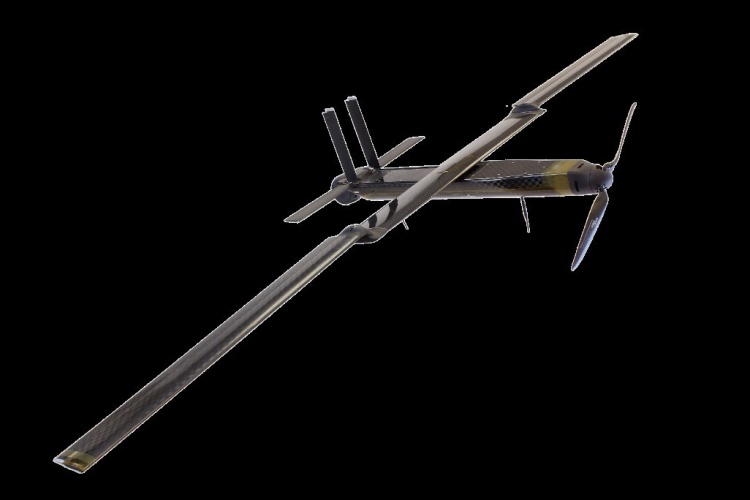Lockheed UK debuts canister-launched Outrider drone
A new lightweight drone that can be launched from a canister has been unveiled by Lockheed Martin at Defence and Security Equipment International (DSEI).

(Credit; PRNewsfoto/Lockheed Martin)
Designed and developed at Lockheed UK’s Havant facility in Hampshire, in collaboration with Wirth Research, Outrider is described as small unmanned aircraft system (UAS). According to the company, the aircraft is just four inches wide and weighs a mere 1.7kg. Despite its diminutive dimensions, Outrider is capable of reaching speeds up to 50 knots (57.5mph).
"We are proud to offer Outrider which has been designed and built in the UK for the international market,” said Paul Livingston, vice president and group managing director, Lockheed Martin UK - Integrated Systems.
“It provides secure leading edge situational awareness capabilities in its class for ground, surface, air or sub-surface operational environments and can be launched at the press of a button."
Once in the sky, the tube-launched drone can operate autonomously or be controlled remotely. Situational information is gathered via a high-definition TV and infrared camera, and Lockheed claims that Outrider’s payload capacity and endurance are the best in its class.
Register now to continue reading
Thanks for visiting The Engineer. You’ve now reached your monthly limit of news stories. Register for free to unlock unlimited access to all of our news coverage, as well as premium content including opinion, in-depth features and special reports.
Benefits of registering
-
In-depth insights and coverage of key emerging trends
-
Unrestricted access to special reports throughout the year
-
Daily technology news delivered straight to your inbox










Water Sector Talent Exodus Could Cripple The Sector
Maybe if things are essential for the running of a country and we want to pay a fair price we should be running these utilities on a not for profit...